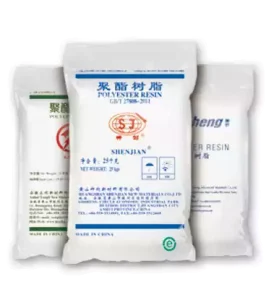LDPE (Low-Density Polyethylene) and PE (Polyethylene) bags are essential packaging materials used across various industries. While they share similarities, it’s crucial to understand their differences and applications. Here’s an enhanced comparison of the two:

Material Composition
LDPE bags are crafted from low-density polyethylene, known for its flexibility and toughness, while PE bags are constructed from polyethylene, valued for its strength and durability.
Thickness and Strength
LDPE bags are thinner and less robust, suitable for lightweight items. Conversely, PE bags offer enhanced durability and thickness, making them ideal for heavier or sharper objects that could puncture a lighter bag.
Transparency and Versatility
Both LDPE and PE bags are available in various colors but are commonly transparent. However, LDPE bags tend to offer greater transparency than PE bags. This can be advantageous for showcasing contents, though may pose a challenge when light protection or privacy is required.

Cost-Effectiveness
Generally, LDPE bags are more cost-effective than PE bags due to LDPE’s lower density, requiring less material for the same size and thickness. Despite this, the cost difference is typically minimal, particularly for small quantities of bags.
Environmental Impact and Recycling
While both LDPE and PE bags are recyclable, LDPE bags are more frequently recycled due to the flexibility of the material. Additionally, LDPE finds diverse applications in products such as plastic lumber, landscaping tiles, and floor tiles. On the other hand, PE bags are often downcycled, resulting in lower-quality products.
In summary, LDPE and PE bags, both derived from polyethylene, serve distinct purposes due to their differing characteristics. LDPE bags are thinner, more transparent, and economical, whereas PE bags provide superior durability at a slightly higher cost. Understanding these differences is vital for selecting the most suitable option based on specific packaging needs and environmental considerations.
